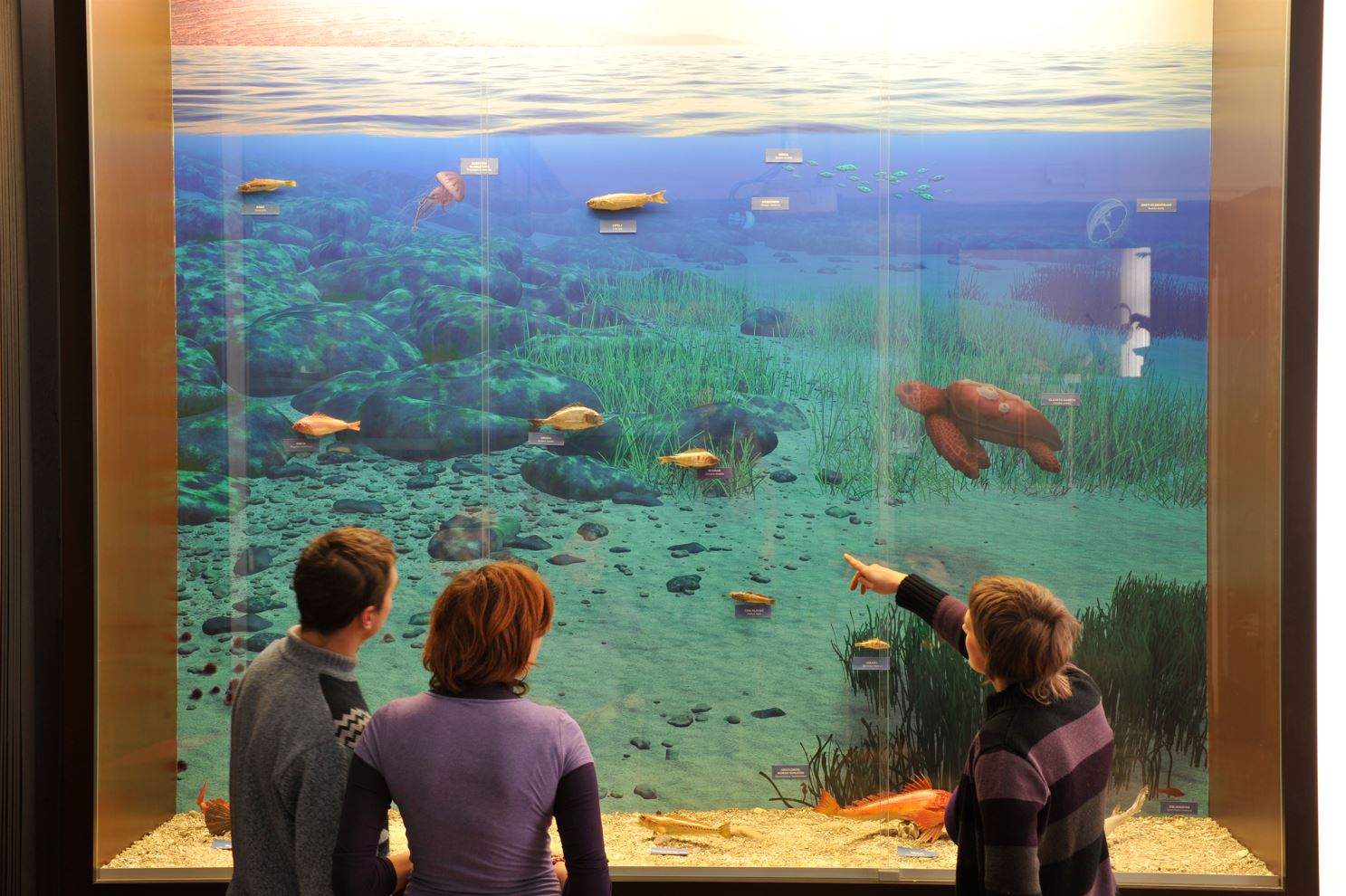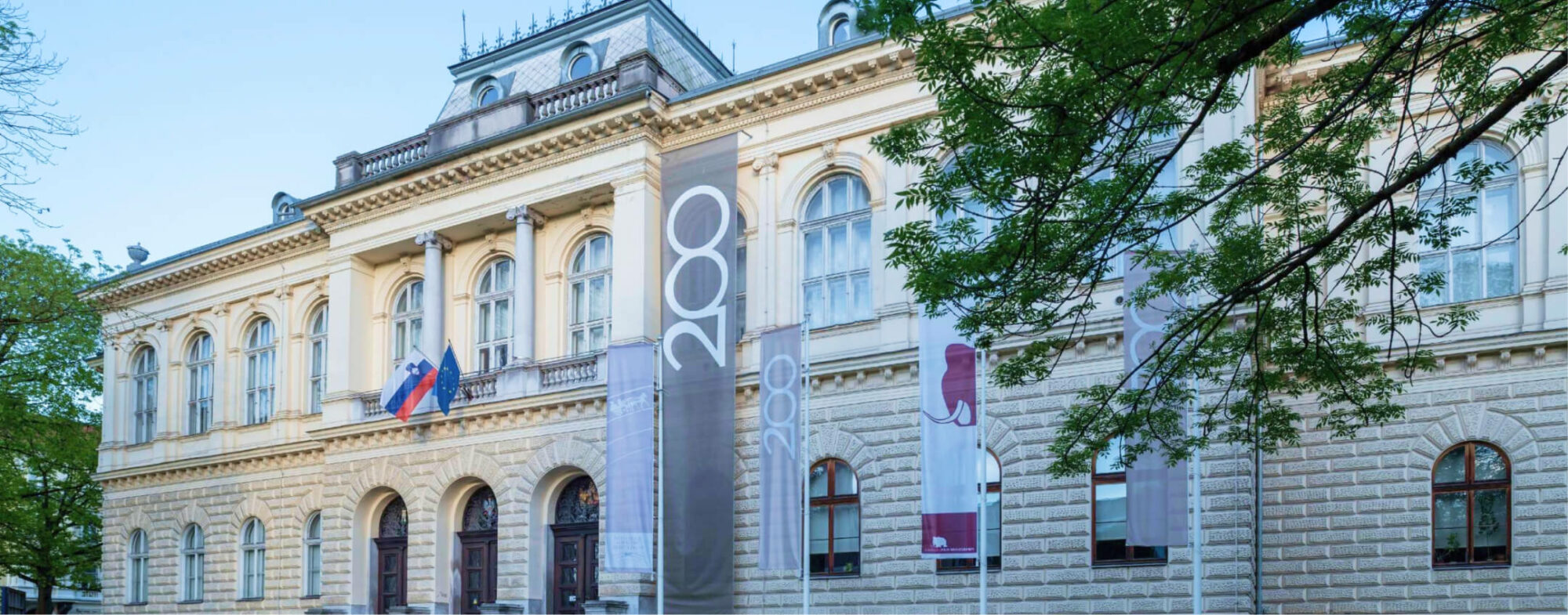The short Slovenian coast and the sea along it are so special owing to the flysch geological composition of the coast, the phenomenon that is relatively rare in other Mediterranean regions. The crumbly flysch cliffs are filing the area of the Slovenian coast with flysch deposits, the same as the rivers flowing into the Gulf of Trieste; they fill the shallow sea with river sediments. Owing to the densely populated coast, much organic matter flows into the sea, which enables plankton to grow here successfully. All this is making the floor of the Gulf of Trieste for the most part muddy. Only here and there can we find sandy floors, larger submerged flysch sills or isolated islets with limestone floors. The temperature and salinity of the Slovenian sea fluctuate a great deal through the seasons. This is why at different times of the year we can find cold-loving organisms here, as well as various newcomers from tropical seas. Due to the high concentration of micro- and macroplankton, certain fish species such as anchovies and sardines, even whales and very large fish such as whale sharks can be seen occasionally in this small part of the Adriatic Sea.
The left display case depicts the characteristic profile of the sea floor between Cape Strunjan and Cape Ronek in Moon Bay (Mesečev zaliv). The seabed only slowly descends into the depths. The bottom is strewn with larger stones and small rocks that have crumbled from the high flysch cliffs above the bay. The stones are overgrown with different types of algae, in some places there are islets of Cymodocea nosea sea grass, which a little deeper transcends into denser growths. At a depth of around 10 m, the bottom gradually turns into a detrital muddy floor. Seagrass meadows and kelp stands provide shelter for numerous animals. Fish from the families of wrasses, gobies, blennies and annular sea breams prevail. Many species of sea sponges, cniderians, molluscs, tunicates and echinoderms can also be seen here.
The display case on the right depicts the characteristic profile of the sea bed along Piranska punta (Piran Point). At a depth of 4-5 m, the bed descends with a pronounced flysch sill, while at a depth of 10-12 m it turns into a silty-sandy bottom, dotted with islets of biogenically consolidated hard floor. Owing to the stone substratum and suitably shaded spaces between the rocks, animals live here that can otherwise be seen on the deeper underwater walls and along larger holes of the limestone Mediterranean coasts. In the spaces between the rocks of the flysch sill, several fish species and “shade-loving animals”, particularly some species of sea sponges and corals, find shelter. The rocks are covered with various algae and mosses, and here we can also find representatives of molluscs, echinoderms and tunicates.

Photo: Ciril Mlinar Cic


